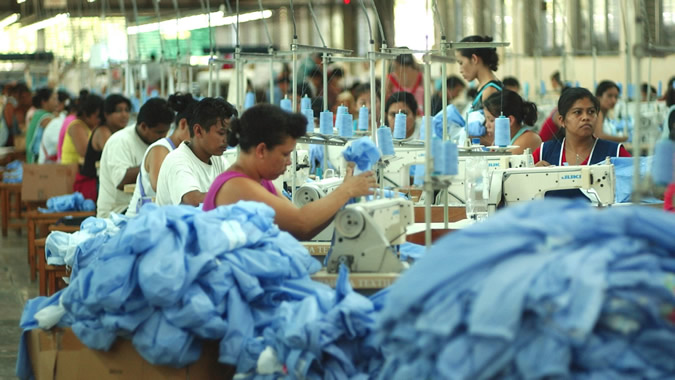Press Release
Central American intra-regional trade keeps showing great dynamism, although it is growing at a slower pace than before the global crisis of 2008, according to a recent study published by ECLAC sub-regional headquarters in Mexico.
The report Goods and Services Trade in Central America, 2014 describes the socioeconomic evolution of the Central American region, especially Costa Rica, El Salvador, Guatemala, Honduras, Nicaragua and Panama, emphasizing trade and competitiveness indicators. Competitiveness analysis tools are used to identify the markets, products and services with the greatest potential in the sub-region.
With the exception of Guatemala and Nicaragua, the dynamism of Central American intra-regional trade has exceeded that of extra-regional exports. Guatemala is the largest intra-regional exporter with 30.5% of total exports, followed by El Salvador (23.8%), Costa Rica (23.6%), Panama (8.5%), Honduras (8.4%) and Nicaragua (5.2%).
Central America: Evolution of Intra-regional Exports, 1990-2013
(In millions of dollars)

Source: Economic Commission for Latin America (ECLAC) on the basis of information from the Central American Trade Statistics System of the Secretariat for Central American Integration (SIECA).
The study underscores the fact that the Central American region remains heterogeneous and that the differences in development levels between countries continue to exist. Costa Rica and Panama stand out for their economic and social achievements, while Honduras and Nicaragua lag behind in comparison to the rest of the sub-region. The differences appear in income level as well as education and health, where Costa Rica continues to stand out with positive indicators, in addition to the added value of their exports.
In terms of foreign trade, ECLAC's report shows a contraction in the last year in goods exports from Central American countries, although this did not occur with services sales. In fact, in the last ten years, service exports have experienced a 10.1% expansion over the annual average, which shows that Central American economies are increasingly focusing on this area, especially in the cases of Costa Rica and Panama.
In the period 2009-2013, the growth of service exports has been constant, highlighting the performance of El Salvador in this area. Nevertheless, the main export products from the sub-region continue to be primary goods or those based on natural resources, although in the intra-regional market the main export products have greater added value.
The study shows that export competitiveness of Central American countries was positive in general terms in the period 2009-2013, with the exception of Guatemala which showed a decrease in the demand for products such as silver, coffee and textiles. Nicaragua had the best export competitiveness performance, with products such as spark plug wires and women's shirts and blouses.
In the intra-regional market, export competitiveness of products also shows positive trends, both in products with greater added value as well as in primary goods. This confirms this market's potential for developing the export capacity of Central American countries.



